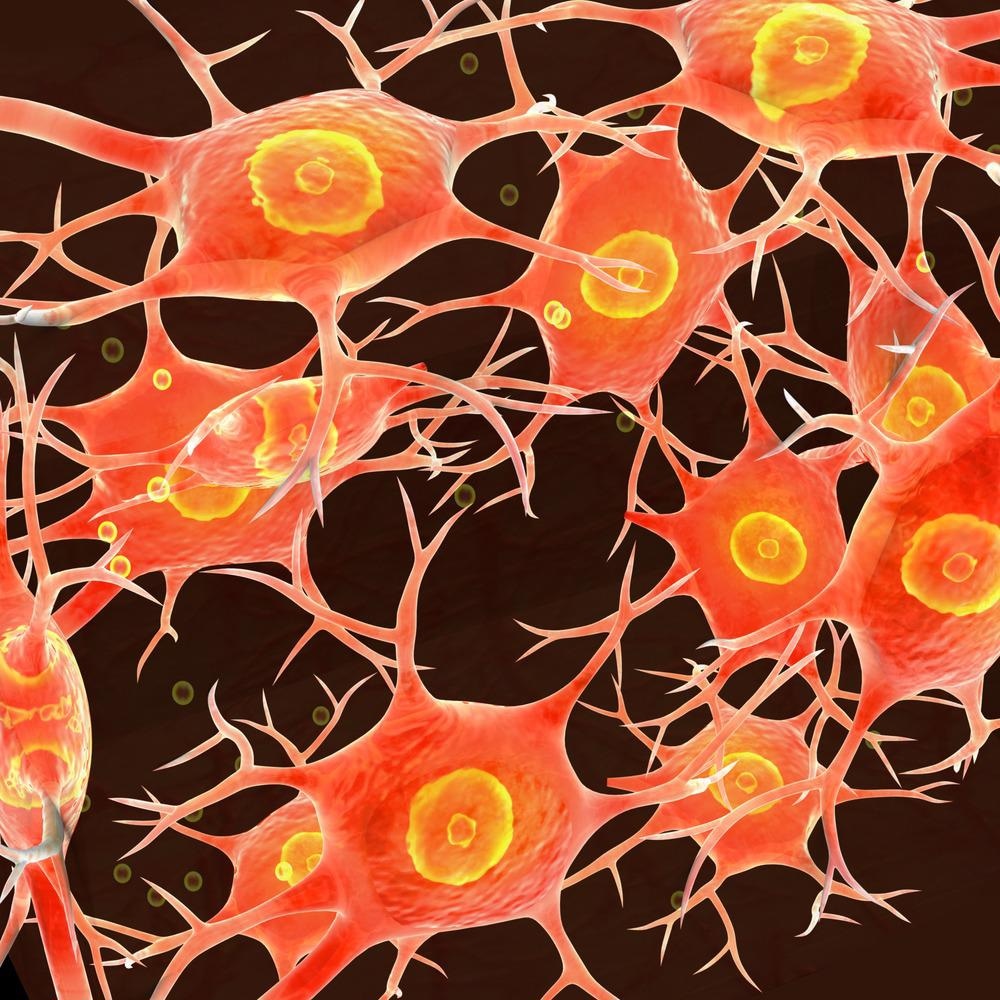
Image Credit: sciencepics/Shutterstock.com
People might refuse, but later, “magnetically aligned nanorods in alginate capsules” (MANiACs) may become a part of the latest arsenal of drug delivery technologies at doctors’ disposal. A new study reported in the journal Frontiers in Robotics and AI is the first to examine how such tiny robots can serve as drug delivery vehicles in the neural tissue.
The study observed that upon being controlled with the help of a magnetic field, the tiny tumbling soft robots could climb slopes, move against fluid flow and around neural tissues like the spinal cord, and deposit substances at accurate locations.
Delivering drugs orally or intravenously, for example, to target cancers or neurologic diseases, may affect regions of the body and nervous system that are unrelated to the disease. Targeted drug delivery may lead to improved efficacy and reduced side-effects due to lower off-target dosing.
Lamar Mair, Researcher, Weinberg Medical Physics
Weinberg Medical Physics is a medical device company based in the United States and an industrial collaborator on the study.
Targeted Drug Delivery with Tiny Robots
Making use of tiny robots to deliver drugs to particular locations is one method to achieve targeted dosing. Although this technology is still in the beginning stage, scientists have designed several kinds of micro- or millirobots that could meet this far-fetched goal.
But the major issue is to regulate their activity as they move via the tissues in the body. A few scientists have attempted to take this challenge by using their tumbling robots and notice how they would handle moving through real tissues.
Specifically, magnetic fields are a potential way to regulate things within the body, as they are not impacted by tissues and are considered to be highly safe. This is the force behind the MANiACs, which are tiny tumbling robots consisting of magnetic nanorods wrapped in a soft spherical shell.
Such properties must enable them to safely tumble via the body in reaction to an externally applied magnetic field. The aim is to draw them to a target site for drug delivery.
In this study, the researchers wished to test their MANiAC soft robots under conditions they might experience in the body. These conditions involve undulating and tortuous architecture of the nervous system, which also comprises steep slopes and flowing cerebral spinal fluid.
The potential of the MANiACs to climb slopes with rising steepness and move against flowing liquid was examined. Also, rat brains and mouse spinal cords were collected to test the potential of the robots to go along the tissues and deposit a dye on their surfaces, which acts as a substitute for a drug.
Good Climbers
Upon magnetic stimulation, the MANiACs succeeded in scaling slopes as steep as 45° and moved upward against a fluid flow that was quite similar to what they would experience in the nervous system.
The scientists could maneuver dye-loaded MANiACs through the surface of rodent neural tissues with a fair degree of control and successfully deposited the dye in particular locations. Furthermore, various locations were re-dosed to raise the amount of “drug” dosed to that region.
The ability to go back and re-dose regions which received insufficient dose upon initial treatment is significant. These results are very preliminary and highly experimental, but we think we have demonstrated strong evidence that small, soft, capsule-based microrobots have potential for controlled local delivery in neural diseases.
David Cappelleri, Study Researcher, Purdue University
Journal Reference:
Mair, L. O., et al. (2021) Soft Capsule Magnetic Millirobots for Region-Specific Drug Delivery in the Central Nervous System. Frontiers in Robotics and AI. doi.org/10.3389/frobt.2021.702566.